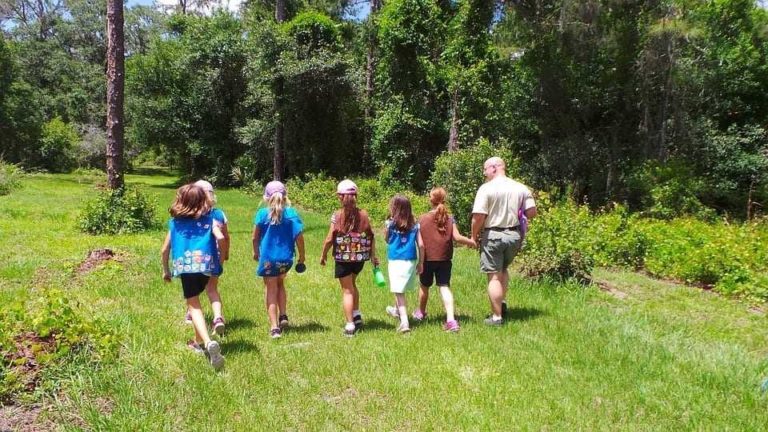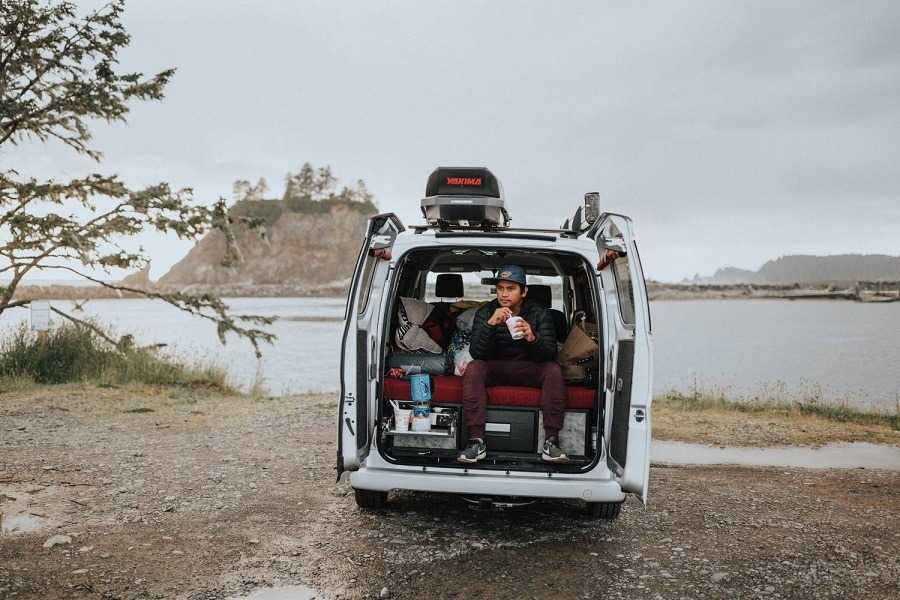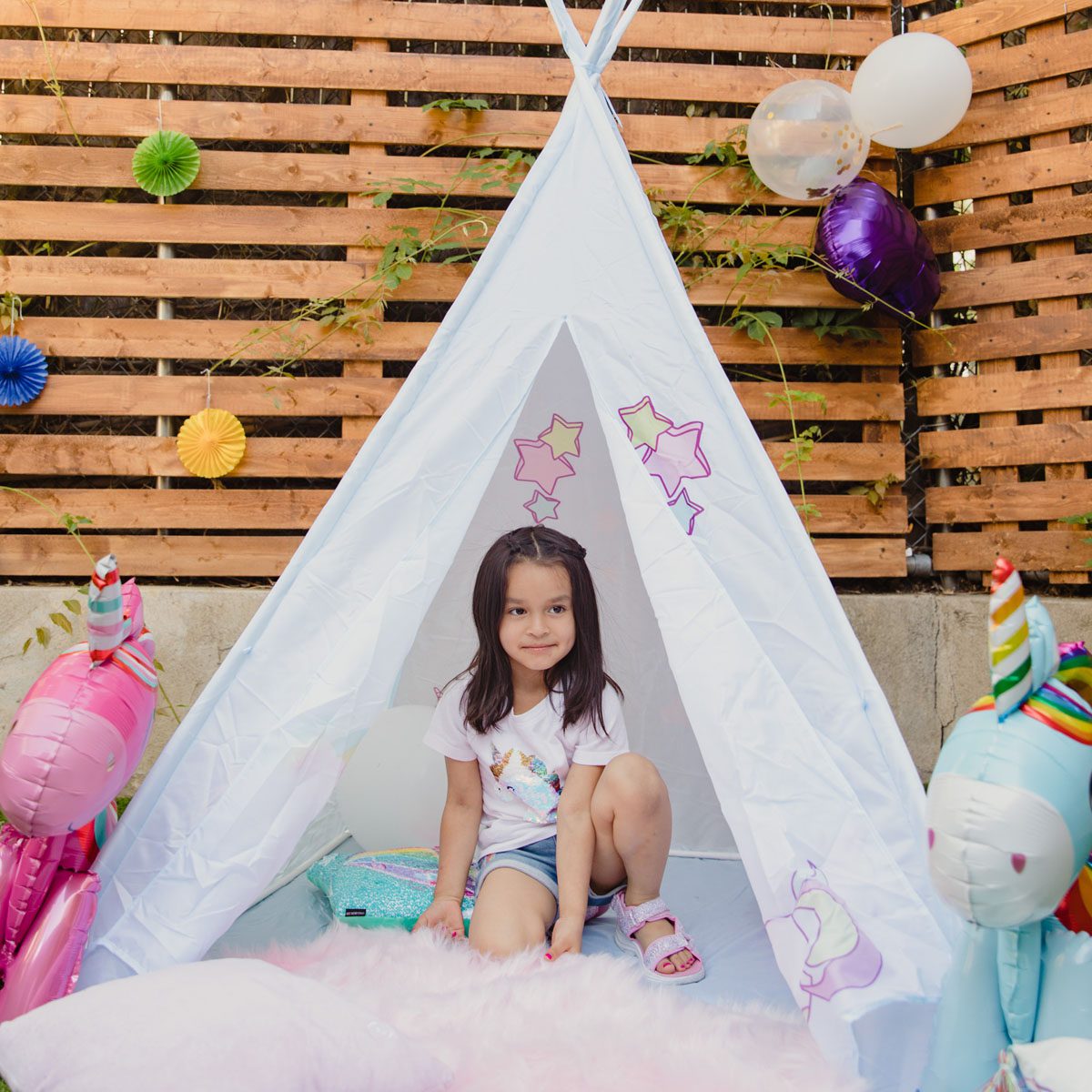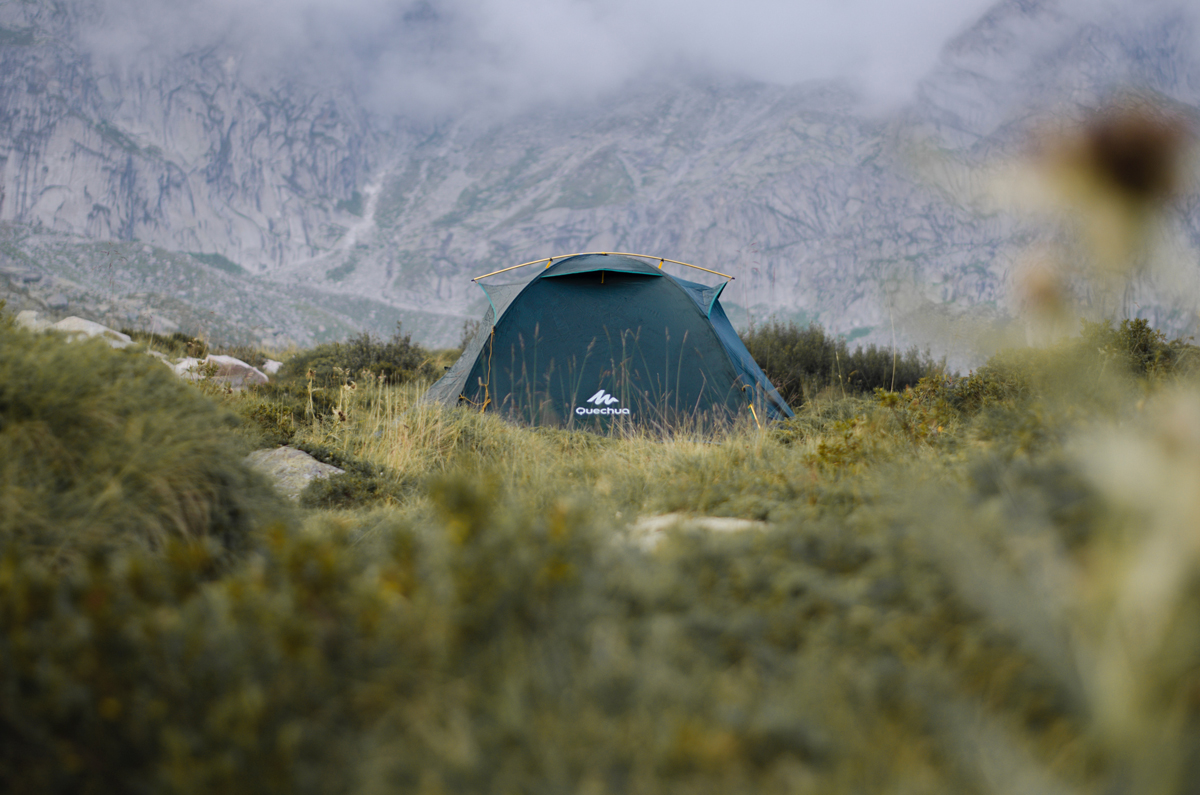Phone
+1-650-666-095
Contact E-mail
[email protected]
Address
16192 Coastal Hwy, Lewes, DE 19958-3608
The Ultimate Guide to Setting Up a Camp Kitchen
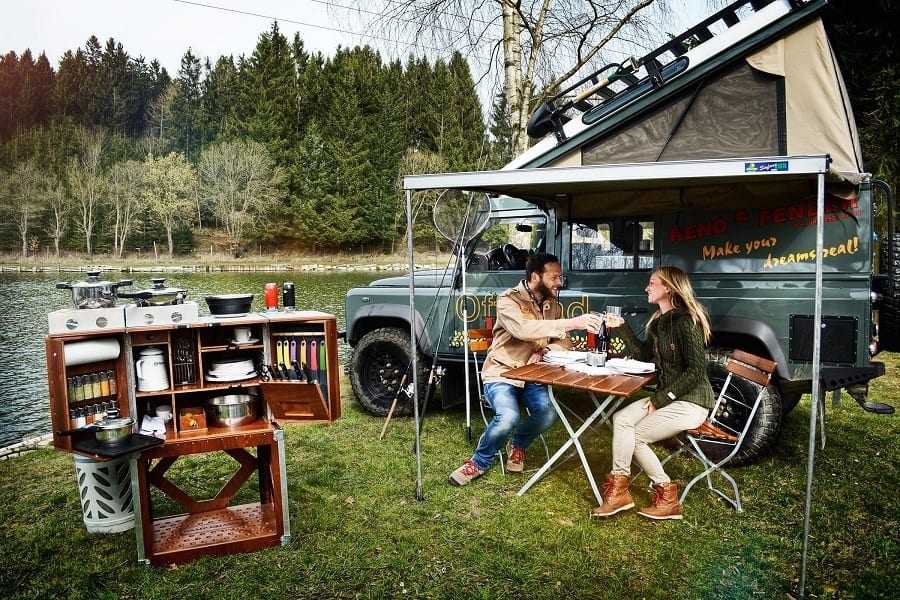

For most, camping is about getting into nature and casting off the shackles of civilization. Camping is a skill, and each time you pack up and get ready to head out into the wilderness, you’ll have learned something valuable from your last trip. Although it’s good to go off the grid to some extent, most people don’t dream of living without food, so taking a camp kitchen is required.
What is a Camp Kitchen?
A camp kitchen is like a makeshift kitchen with all the essential supplies you’ll need on an outing. While it would be nice, taking along an entire kitchen on a camping trip just isn’t feasible, which is why we have to manage it down to just a few key items that will help us prepare and eat our meals.
Camp Kitchen Essentials
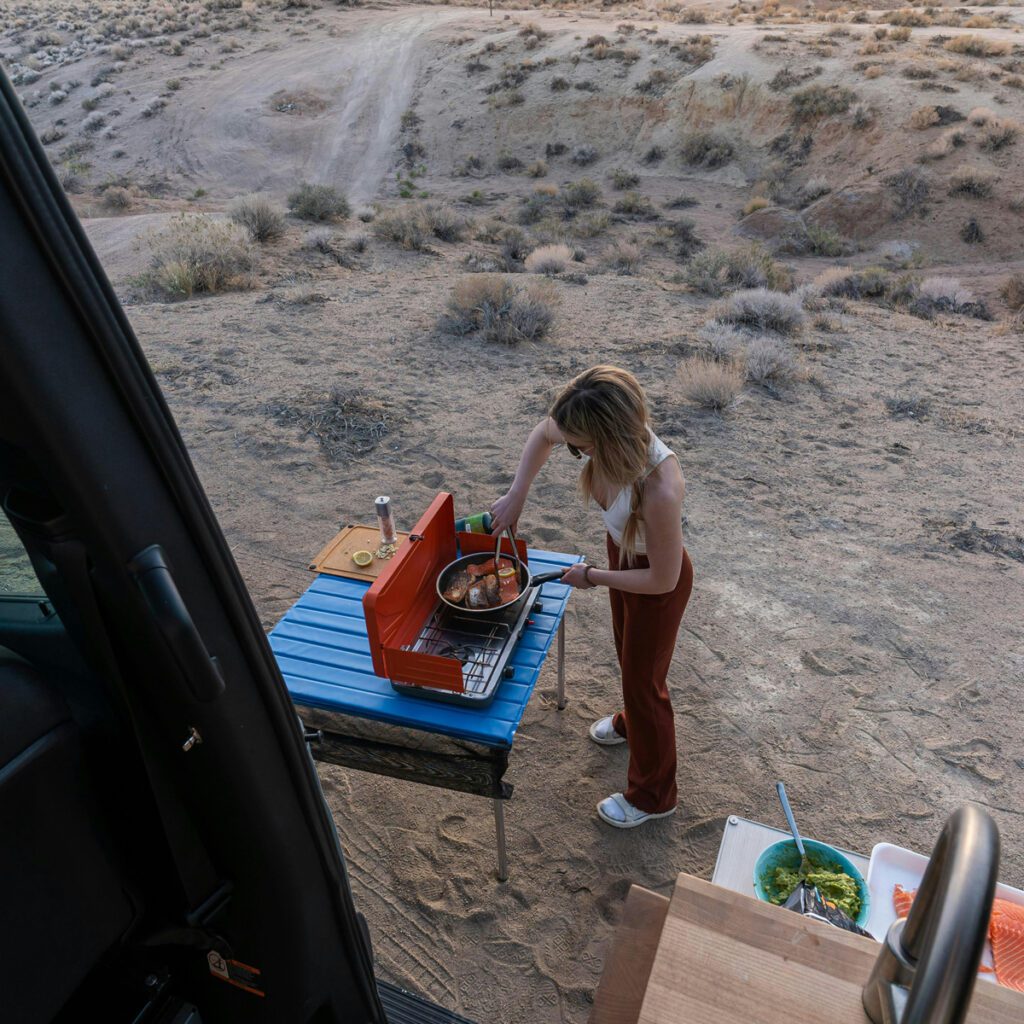

Bringing only the essential items when going on a camping trip is key to a successful outdoor experience. Let’s discover why having a camp kitchen box is functional and find out if it’s better to make your own or buy one that’s already assembled. Once you see why this piece of camping gear is so important, you’ll be motivated to get started on your own DIY camp kitchen, and it will be an art that you only get better at packing each time you go.
1. Camp Kitchen Box
The camp kitchen box is one of the most prized possessions of any camper. It’s a way to store the most important outdoor kitchen items in one practical and efficient place.
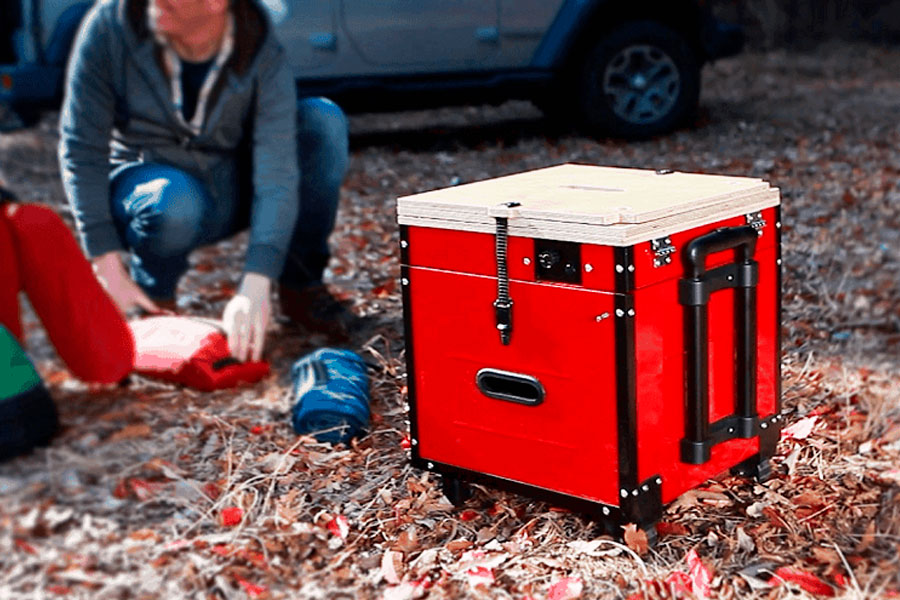

Unlike other items that we simply throw into the boot of the car or pack in with other supplies, these special kitchen boxes should be fully functional, including their packaging. You might have one box for the cookware, another for utensils, one for ingredients, etc. Some people have a functional kitchen box that holds it all and can even be used in food prep, making them extra efficient.
Types of Camp Boxes
There are two main types of boxes: the DIY camp box that you make yourself and the store-bought one. The box from the store comes with all of the essentials, but as everyone is different, there’s a good chance you’ll want to add or subtract some items. For that reason alone, most people prefer to construct their own, and it’s just a matter of knowing what to put in it.
2. Table
How and where you eat will be up to you, but most prefer a table. Foldaway dining tables are available, and having one camping chair per person is always handy when you’re away. These are good for mealtime, reading, playing cards, relaxing, fishing, and just about anything else you do while camping.
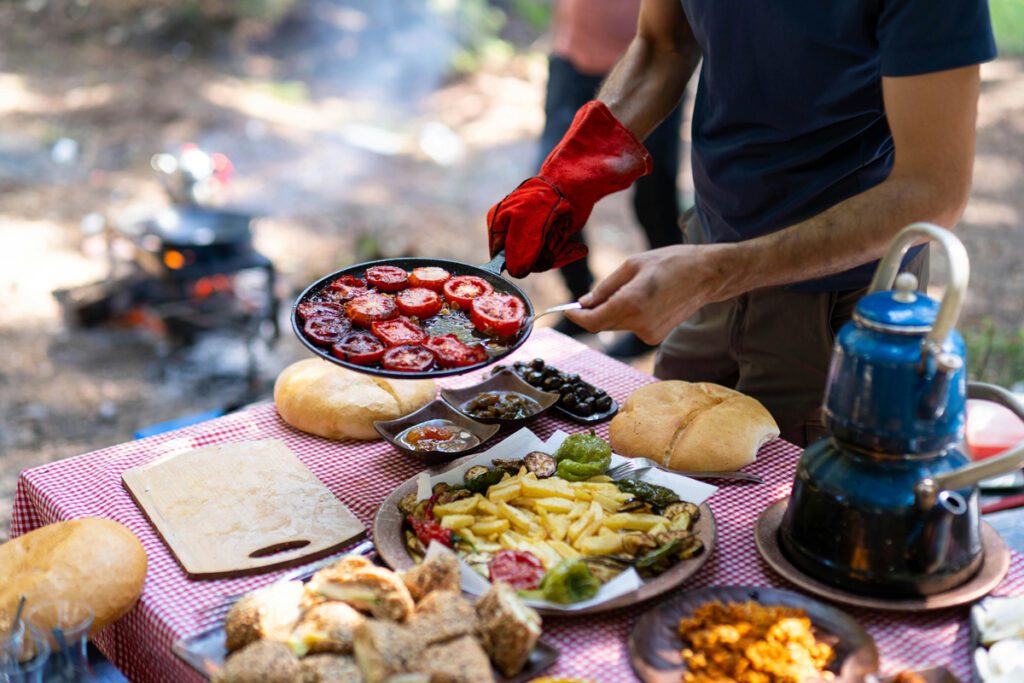

3. Sink
A sink will make it easy to clean dishes and give you a space to prepare food, wash vegetables, and keep your hands clean. Some people prefer to save space by packing their kitchen box in a large plastic container that can be used as a kitchen sink when empty. You can also get foldaway pop-up versions with a double basin, so there’s one for hand washing and another for cleaning.
4. Water Supply
You can use two different types of water supply for a camp kitchen: basic and advanced. Basic water supply might include filling up a bucket and using that to cook and clean, or you can invest in a water system. These are sold for camping and outdoor use and allow you to get a constant flow of water just as you would from a faucet in your kitchen.
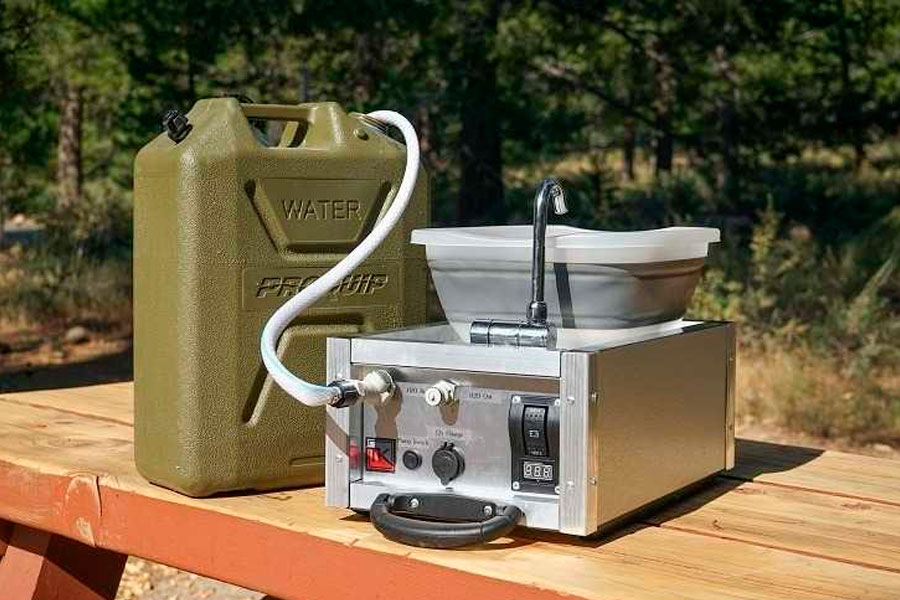

5. Stove
Most campers prefer a portable gas stove that allows them to cook, fry, boil, or do just about anything that requires heat. You may need a larger camp stove for more people; otherwise, a single burner will do just fine.
How To Organize A Camp Kitchen
Packing a portable camp kitchen box is a skill that will likely be refined every time you head out to the great outdoors. However, if this is your first time making one, there are some easy tips you can follow to get started.
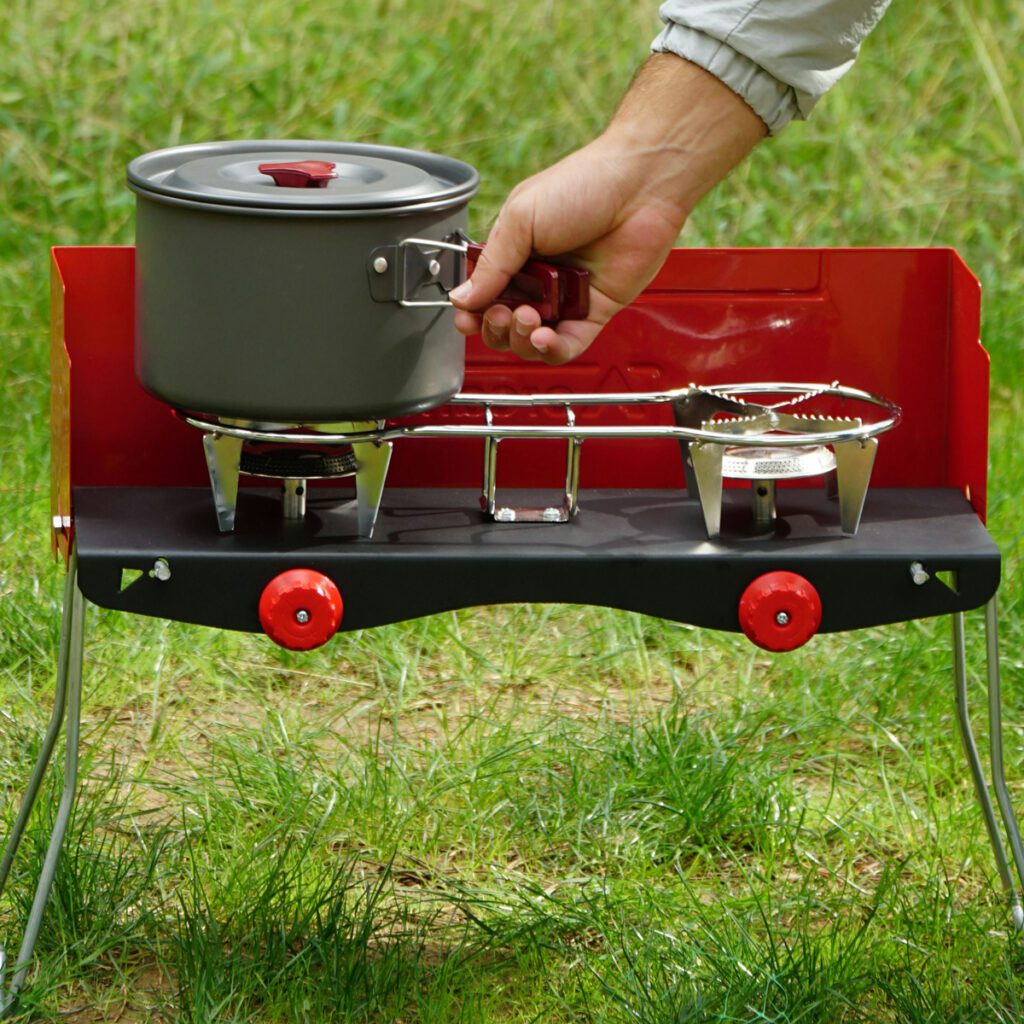

- Think about how many people in your party and pack for that amount. Adjust cutlery, plates, cups, and other items depending on this number.
- You should have a quality, sharp knife kept in a sheath and use it for all your food preparation.
- Get one quality nonstick frying pan and use that for everything unless you plan on having a much larger group to cook for and require a second.
- Try to find pots with either short or removable handles to save space and nest them within each other.
- To save space, have three different plastic containers that can be used for storage and mixing, and nest them within each other.
- Pack cooking utensils, such as a colander for draining pasta and rice, tongs, a cutting board, an egg flipper, and one wooden spoon.
Taking The Most Important Room Of The House Along
Nobody wants to live without their kitchen, but there’s no way we can bring the entire thing along. Mastering the art of a portable camp kitchen is one of the most important packing skills you’ll ever learn for camping, but one that will pay off exponentially every time you head into the great outdoors.
Sources:

